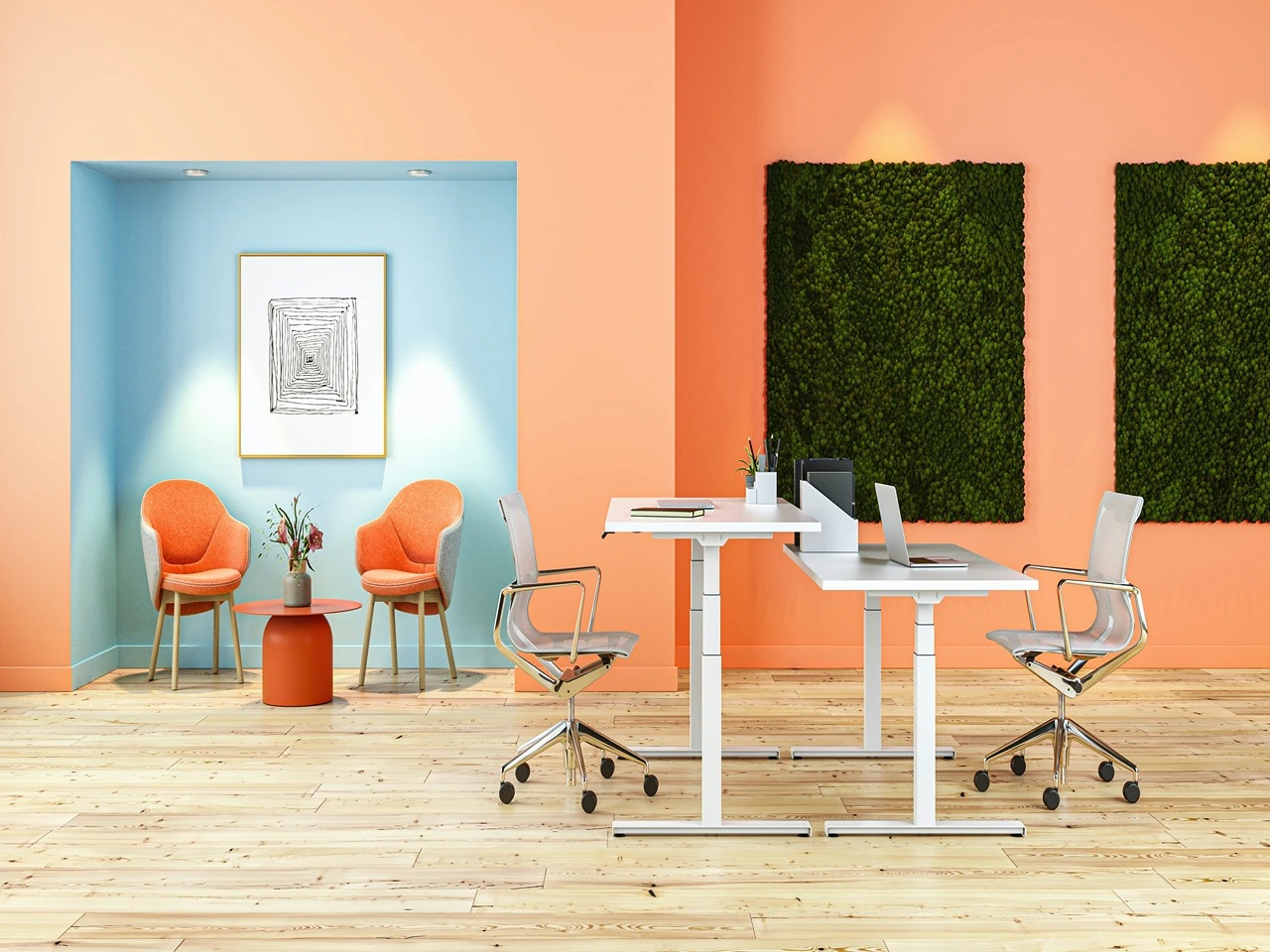How you arrange furniture in the office isn’t just about making the place look nice—it can actually have a big impact on how people work and feel throughout the day. A good layout can spark creativity, help teams work together better, and make things run more smoothly. In this article, we’ll teach you the perfect way you set up your office to boost productivity and share some tips to create a space that really works for your team.
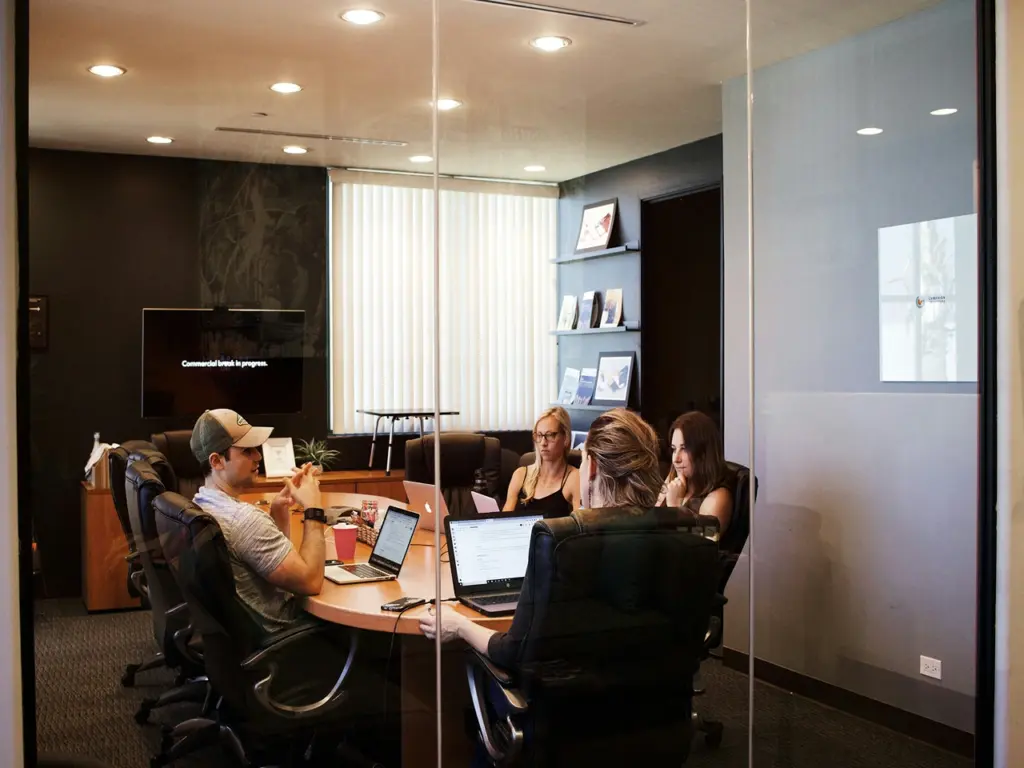
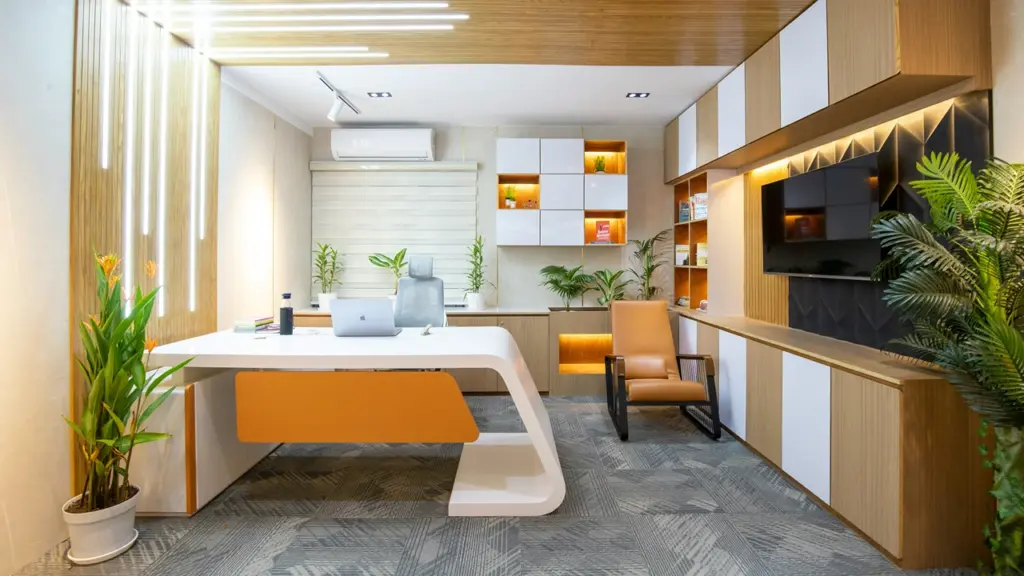
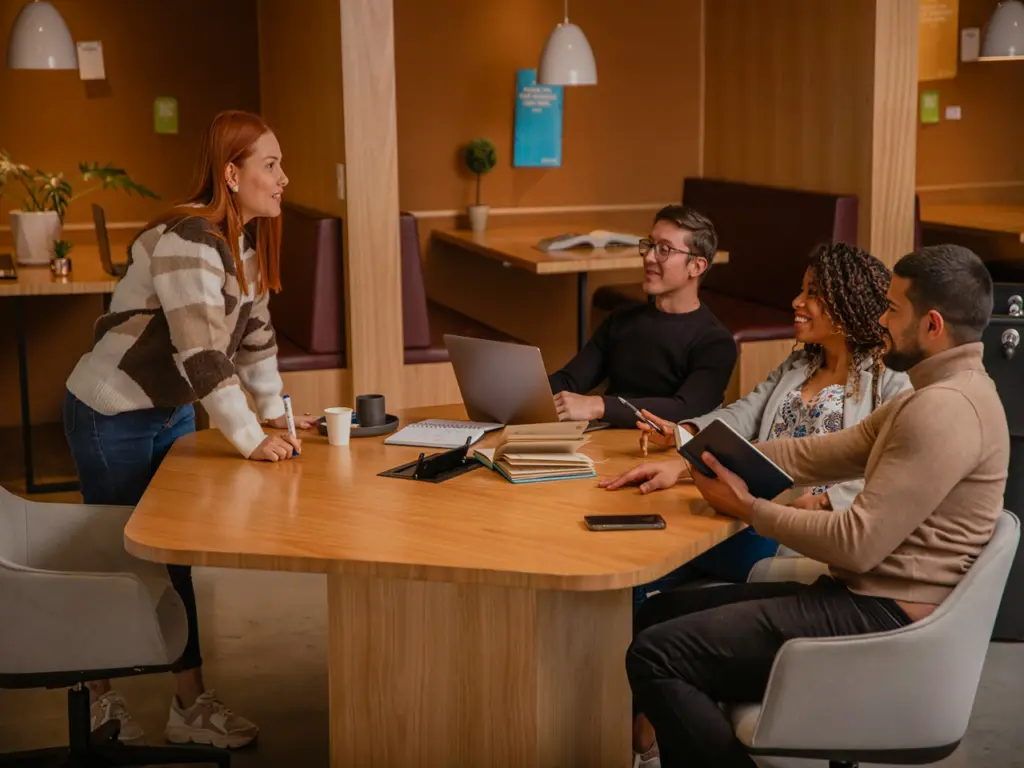
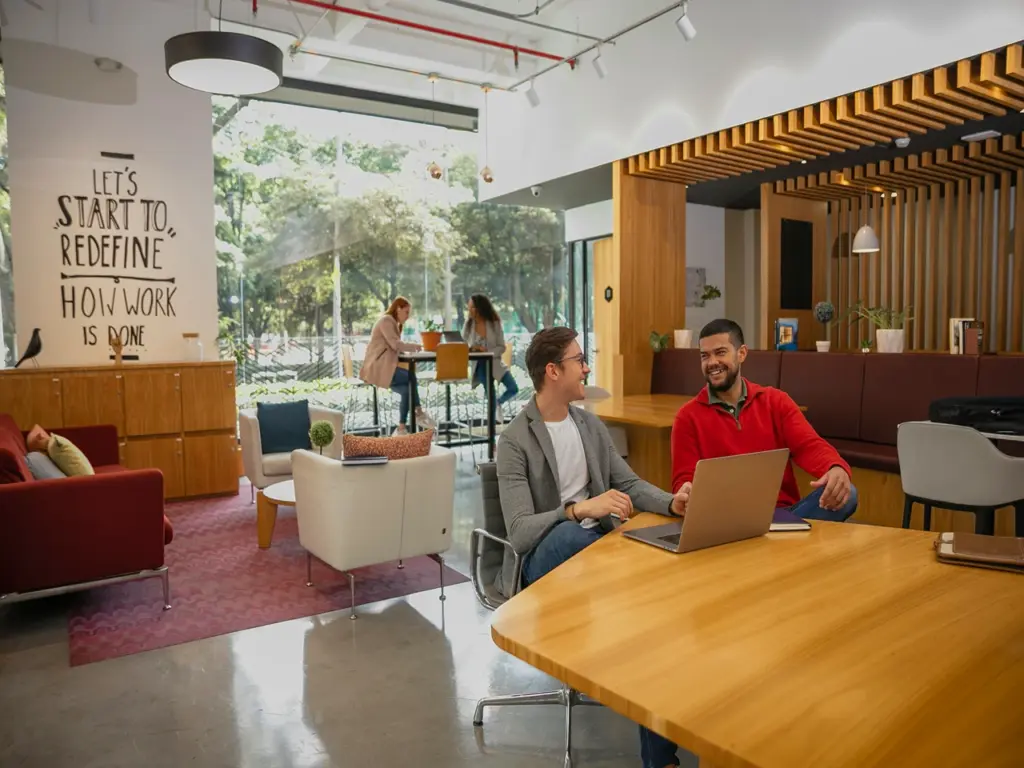
Office Furniture for Comfort and Function
Comfort and functionality are the foundation of an effective office design. When employees are comfortable at their workstations, they can focus better on their tasks. Ergonomic furniture, such as adjustable chairs and desks, reduces physical strain and fatigue, promoting overall health and productivity. A well-arranged workspace ensures that every piece of furniture serves a purpose and supports the flow of the office.
Consider how desks, chairs, and storage units are placed. Grouping desks in clusters can foster teamwork, while individual desks are ideal for tasks that require deep focus. Striking the right balance between personal space and collaborative opportunities creates a harmonious and productive work environment.
Collaboration Through Open Furniture layout
Open office layouts are increasingly popular because they encourage communication and teamwork. Arranging furniture to create shared spaces, such as communal tables or inviting lounge areas, makes it easier for employees to brainstorm and exchange ideas. These layouts remove physical barriers, fostering a sense of unity among team members.
At the same time, privacy is crucial for maintaining focus. Modular furniture, partitions, and quiet zones can help strike a balance, allowing employees to seamlessly transition between collaborative and individual tasks.
Reducing Distractions with Thoughtful Design
Distractions are a common challenge in workplaces, and poor furniture arrangement can amplify them. Noise, clutter, and lack of privacy disrupt concentration and lower productivity. By strategically positioning furniture, you can minimize distractions and create a more focused work environment.
Place desks away from high-traffic areas or noisy equipment to help employees concentrate. Use bookshelves, panels, or other furniture as dividers to create boundaries and reduce visual clutter. An organized, distraction-free workspace enhances mental clarity and productivity.
Enhancing Workflow and Accessibility
A well-designed office layout makes it easy for employees to navigate the space and access what they need. Inefficient furniture placement can lead to wasted time and frustration, so consider how people move through the office and adjust accordingly.
Arrange desks and shared resources, like printers and filing cabinets, in central locations to streamline workflow. Clear pathways and logical furniture placement ensure that employees can work efficiently without unnecessary obstacles.
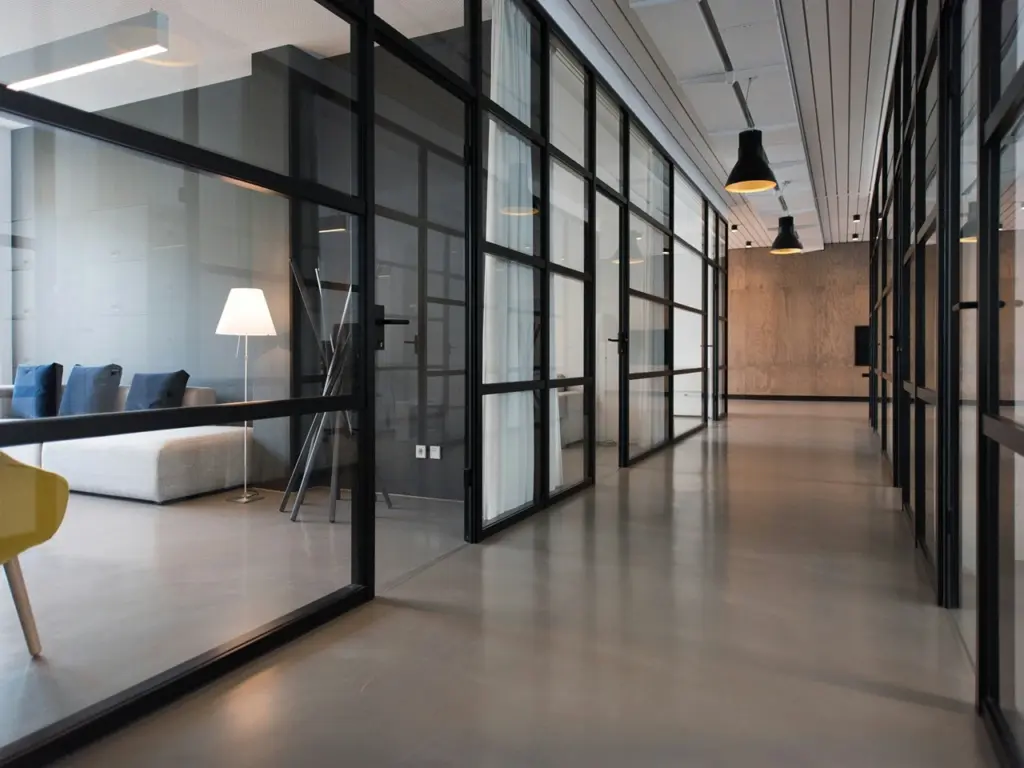
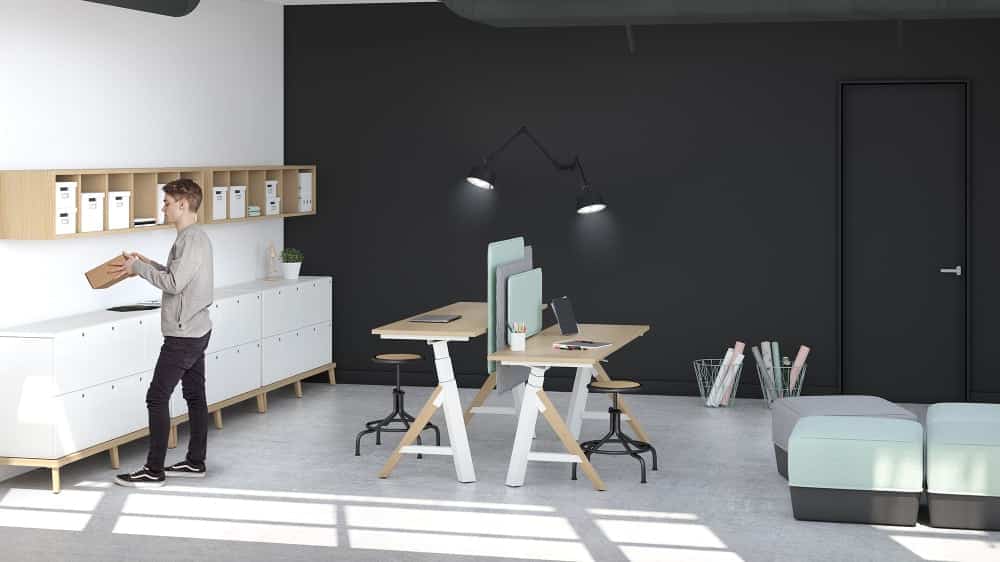
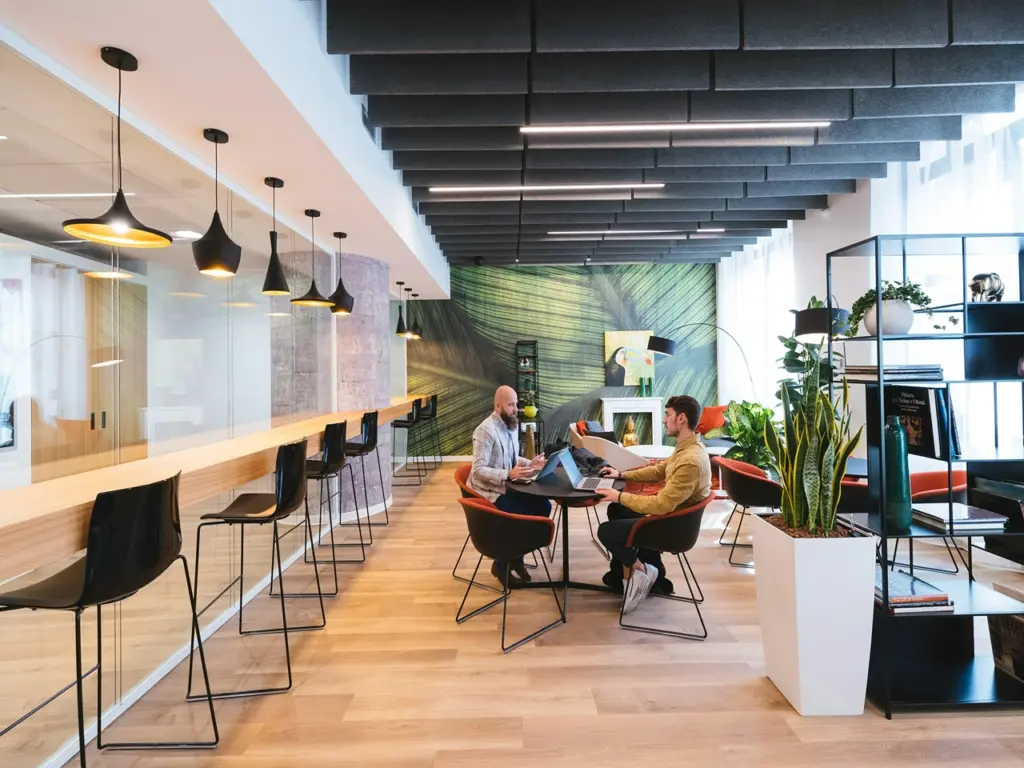
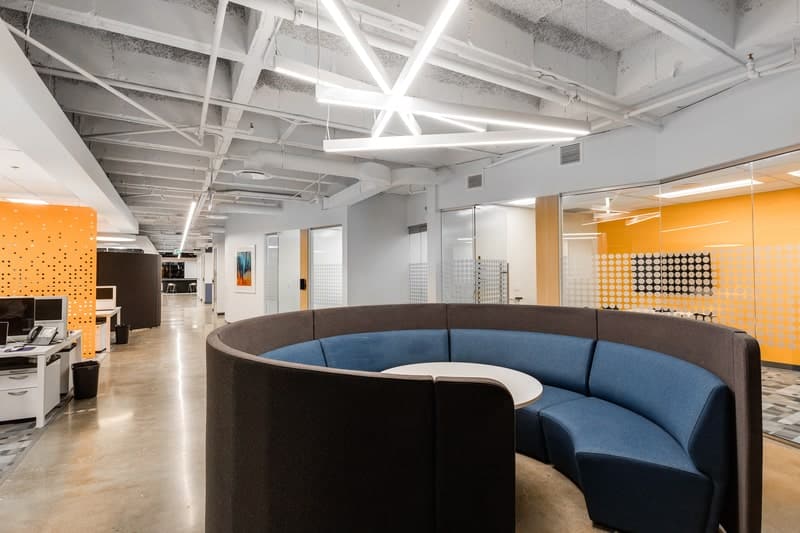
Boosting Morale with Aesthetic Appeal
The aesthetic appeal of an office significantly impacts employee morale. A visually pleasing space with natural light, inviting colors, and comfortable seating creates a positive atmosphere. Employees who feel good about their surroundings are often more motivated and engaged.
Position desks near windows to maximize natural light and improve mood. Adding plants, art, or other decorative elements can further enhance the space and foster a sense of pride among employees.
Finding the Perfect Furniture Arrangement that Works
At the end of the day, how you arrange your office furniture can make a real difference—not just in how the place looks, but in how people work and feel. An office setup that’s comfortable, encourages collaboration, keeps distractions to a minimum, and looks great can go a long way toward creating a happy, productive team. So, if you’re looking to shake things up, start by moving a few desks around. You might be surprised at what a big impact a little change can make!
